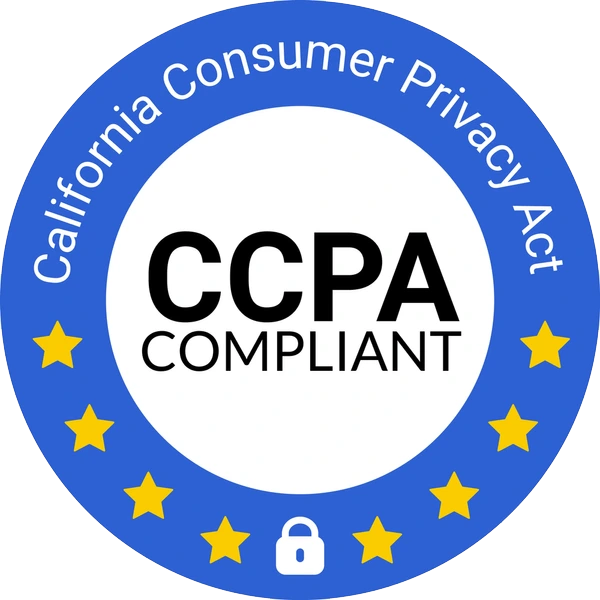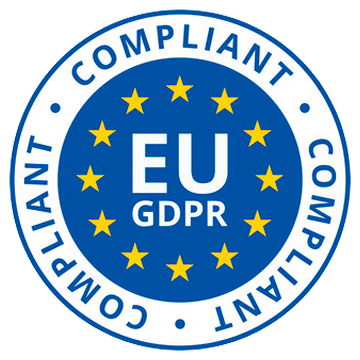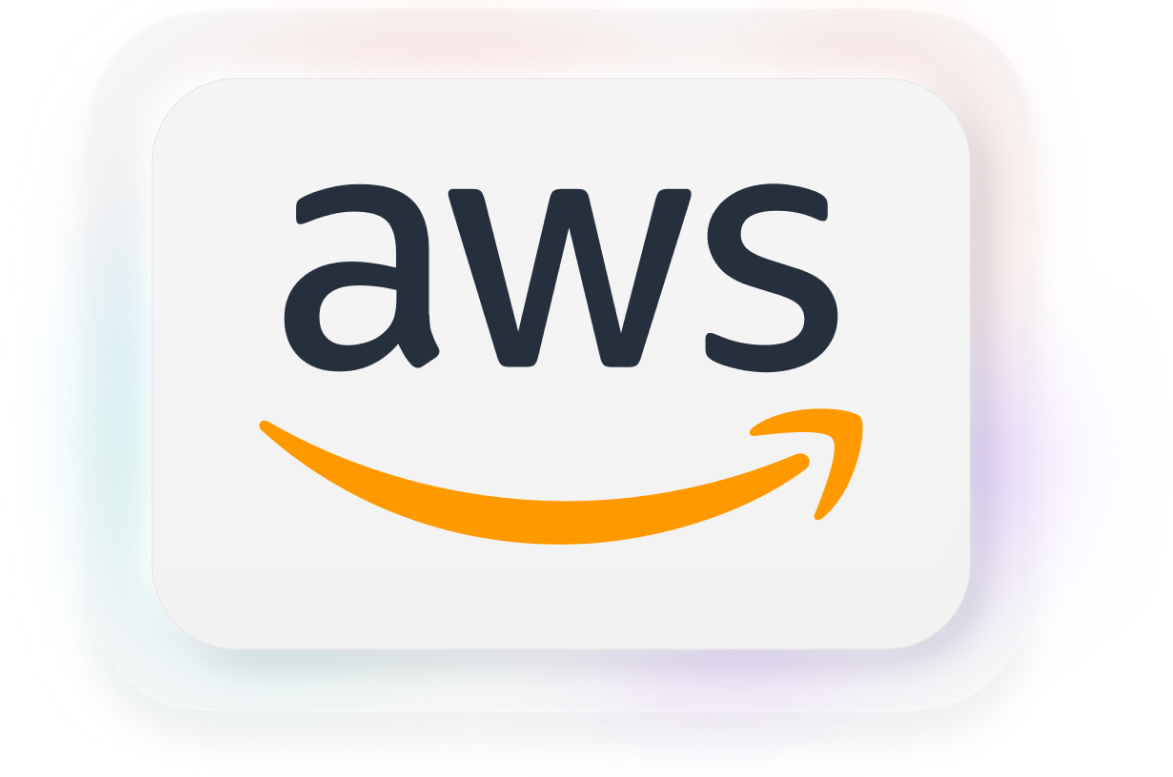In today’s competitive business landscape, software-as-a-service (SaaS) companies are constantly looking for ways to boost their revenue and stay ahead of the game. With the right strategies in place, SaaS sales can drive growth and success for these companies. In this ultimate guide, we will explore the key elements that make up a successful SaaS sales strategy and how to effectively implement them to maximize revenue.
Understanding SaaS Sales
SaaS sales is a specialized field that focuses on selling subscription-based software solutions to businesses. Unlike traditional sales models, SaaS sales requires a unique approach to attract and retain customers. It involves understanding the needs of the target market, building a strong sales team, and adopting a proactive sales approach.
When it comes to SaaS sales, it’s important to have a deep understanding of the software solutions being offered. This includes knowing the features and benefits of the software, as well as understanding how it can solve specific business challenges. By having this knowledge, sales professionals can effectively communicate the value proposition of the software to potential customers.
Another key aspect of SaaS sales is building a strong sales team. This involves hiring individuals who not only have sales skills but also have a good understanding of the software industry. Sales professionals in the SaaS industry need to be able to adapt to the ever-changing landscape of technology and stay up-to-date with the latest trends and developments.
Defining SaaS sales
SaaS sales can be defined as the process of selling subscription-based software solutions to businesses. Instead of a one-time purchase, customers pay a recurring fee for the software, which is hosted and accessed over the internet. This model offers many benefits, such as regular updates, scalability, and cost-effectiveness.
One of the key advantages of the SaaS sales model is the regular updates that customers receive. Unlike traditional software solutions, where updates are often infrequent and require additional purchases, SaaS solutions provide continuous improvements and new features. This ensures that customers always have access to the latest version of the software, without the need for additional investments.
Scalability is another important aspect of SaaS sales. With traditional software solutions, businesses often need to purchase additional licenses or hardware to accommodate growth. However, with SaaS solutions, businesses can easily scale their usage up or down based on their needs. This flexibility allows businesses to save costs and adapt to changing market conditions.
Importance of SaaS sales in today’s market
In today’s digital age, SaaS solutions have become the go-to choice for businesses of all sizes. The flexibility, scalability, and cost-effectiveness offered by SaaS models make them highly appealing. As a result, the SaaS market has grown rapidly, creating a need for effective sales strategies to stand out from the competition.
One of the reasons why SaaS sales is so important in today’s market is the increasing demand for cloud-based solutions. Businesses are realizing the benefits of moving their software to the cloud, such as improved accessibility, data security, and reduced IT infrastructure costs. SaaS sales professionals play a crucial role in educating businesses about these advantages and helping them make informed decisions.
Furthermore, SaaS sales is not just about selling software, but also about building long-term relationships with customers. Since SaaS solutions are subscription-based, customer retention is a key factor for success. SaaS sales professionals need to focus on providing excellent customer service, addressing any concerns or issues promptly, and continuously demonstrating the value of the software to ensure customer satisfaction and loyalty.
In conclusion, SaaS sales is a specialized field that requires a unique approach to attract and retain customers. It involves understanding the needs of the target market, building a strong sales team, and adopting a proactive sales approach. With the increasing demand for SaaS solutions in today’s market, effective sales strategies are essential to stand out from the competition and build long-term customer relationships.
Key elements of a successful SaaS sales strategy
A successful SaaS sales strategy is built upon several key elements that work together to achieve revenue growth. These elements include identifying the target market, building a strong sales team, and implementing a proactive sales approach.
Identifying your target market
The first step in developing an effective sales strategy is to identify your target market. Understanding your ideal customer profile will help you tailor your messaging, marketing efforts, and overall sales approach. Conduct market research, analyze customer data, and identify the industries, verticals, or personas that are most likely to benefit from your SaaS solution.
For example, if your SaaS solution is a project management tool, you may find that industries such as IT, marketing, and consulting are more likely to be interested in your product. By narrowing down your target market, you can focus your sales efforts on these specific industries and create targeted marketing campaigns that resonate with their needs and pain points.
Furthermore, understanding your target market allows you to develop a deep understanding of their unique challenges and requirements. This knowledge can be used to customize your product offering, pricing structure, and value proposition, making it more compelling for potential customers.
Building a strong sales team
Your sales team plays a critical role in driving revenue growth. It’s important to hire sales professionals who are experienced in selling SaaS solutions and have a deep understanding of your product. Provide comprehensive training on your product, market positioning, and sales methodologies. Foster a culture of collaboration, continuous learning, and accountability within your team to maximize their performance.
In addition to hiring experienced sales professionals, consider the importance of diversity within your sales team. By having a diverse team, you can bring in different perspectives and approaches to selling, which can help you reach a wider range of customers. For example, having team members with different language skills or cultural backgrounds can be beneficial when targeting international markets.
Furthermore, building a strong sales team involves creating a supportive and motivating work environment. Offer incentives and rewards for achieving sales targets, provide ongoing coaching and mentorship, and encourage open communication and feedback. By investing in your sales team’s development and well-being, you can foster a high-performing team that is motivated to drive revenue growth.
Implementing a proactive sales approach
A proactive sales approach involves actively seeking out and engaging potential customers. Instead of waiting for leads to come to you, be proactive in identifying and contacting prospects who fit your target market profile. Use a combination of inbound and outbound sales techniques, such as content marketing, social selling, and cold outreach, to generate interest and drive sales.
For example, leverage content marketing to create valuable resources, such as blog posts, whitepapers, and case studies, that address the pain points and challenges of your target market. By providing valuable insights and solutions, you can attract potential customers to your website and position yourself as a trusted authority in your industry.
In addition to content marketing, utilize social selling techniques to engage with potential customers on social media platforms. Share relevant industry news, participate in industry-specific discussions, and provide helpful advice and insights. By building relationships and establishing credibility online, you can generate interest and leads for your SaaS solution.
Furthermore, don’t be afraid to make cold outreach efforts to potential customers who fit your target market profile. Personalize your outreach messages, highlighting the specific benefits and value your SaaS solution can provide to their business. By being proactive and reaching out to potential customers, you can create opportunities and drive sales growth.
Boosting revenue with SaaS sales
Once you have a solid sales strategy in place, it’s time to focus on boosting revenue. There are several strategies and techniques that can help you maximize your SaaS sales potential.
One effective strategy for boosting revenue is to optimize your pricing model. Pricing your SaaS solution correctly is crucial for maximizing revenue. Consider using a tiered pricing model that offers multiple pricing options with different features and benefits. This allows customers to choose the plan that best suits their needs and budget. By providing options, you can cater to a wider range of customers and increase your chances of converting leads into paying customers. Additionally, consider offering discounts or promotions for annual subscriptions to encourage upfront commitments and increase customer lifetime value.
Another way to boost revenue is through upselling and cross-selling techniques. Existing customers are a valuable source of revenue. Upselling involves convincing customers to upgrade their current plan to a higher-priced plan with more features or capabilities. This can be done by highlighting the additional value they will receive and how it aligns with their evolving needs. Cross-selling, on the other hand, involves offering complementary products or services to your existing customers. By analyzing their usage patterns and understanding their pain points, you can identify relevant cross-selling opportunities. Both of these techniques can help increase average revenue per user and strengthen customer relationships.
However, it’s not just about acquiring new customers and upselling to existing ones. Reducing churn, or customer attrition, is critical for long-term revenue growth. Implement strategies to provide exceptional customer service, offer ongoing support, and actively engage with your customers. By building strong relationships and addressing their needs, you can increase customer satisfaction and loyalty. Regularly monitor customer satisfaction, collect feedback, and make improvements based on their needs and pain points. By increasing customer retention, you can reduce the need for constant new customer acquisition and drive revenue through upselling and cross-selling opportunities.
In conclusion, boosting revenue with SaaS sales requires a multi-faceted approach. Optimizing your pricing model, utilizing upselling and cross-selling techniques, and focusing on customer retention are all key strategies to maximize revenue potential. By continuously refining your sales strategies and adapting to customer needs, you can drive sustainable revenue growth in the competitive SaaS market.
Measuring the success of your SaaS sales strategy
Effective measurement and evaluation are essential to gauge the success of your SaaS sales strategy. Key performance indicators (KPIs) can help you track and analyze the performance of your sales efforts.
When it comes to measuring the success of your SaaS sales strategy, it’s important to go beyond just looking at the bottom line. While revenue is a crucial metric, there are other KPIs that can provide valuable insights into the overall health of your sales efforts.
One of the key KPIs to consider is monthly recurring revenue (MRR). This metric allows you to track the stability and growth of your customer base. By analyzing MRR, you can identify trends and patterns in your revenue stream, helping you make informed decisions about your sales strategy.
Another important KPI is average revenue per user (ARPU). This metric gives you an understanding of the value each customer brings to your business. By tracking ARPU, you can identify opportunities to upsell or cross-sell to existing customers, as well as identify areas where you may need to adjust your pricing strategy.
Customer acquisition cost (CAC) is another critical KPI for SaaS sales. This metric helps you understand how much it costs to acquire a new customer. By comparing CAC to your customer lifetime value (CLTV), you can determine the effectiveness of your sales and marketing efforts. If your CAC is significantly higher than your CLTV, it may be an indication that you need to refine your targeting or adjust your pricing strategy.
Key performance indicators (KPIs) for SaaS sales
Common KPIs for SaaS sales include monthly recurring revenue (MRR), average revenue per user (ARPU), customer acquisition cost (CAC), and customer lifetime value (CLTV). These metrics provide insights into the financial health of your sales efforts, customer acquisition and retention rates, and the overall effectiveness of your strategies.
Customer lifetime value (CLTV) is a metric that measures the total revenue a customer is expected to generate over their lifetime as a customer. This metric helps you understand the long-term value of your customers and can guide your sales and marketing strategies. By focusing on increasing CLTV, you can prioritize customer satisfaction and retention, leading to a more sustainable and profitable business.
Retention rate is another important KPI to consider. This metric measures the percentage of customers who continue to use your SaaS product over a specific period of time. A high retention rate indicates that your product is meeting the needs of your customers and that your sales and customer success efforts are effective. On the other hand, a low retention rate may indicate that you need to improve your product or customer support to increase customer satisfaction and loyalty.
Churn rate is closely related to retention rate and measures the percentage of customers who cancel or stop using your SaaS product over a specific period of time. By tracking churn rate, you can identify areas of your product or customer experience that may be causing customers to leave. This information can help you make targeted improvements to reduce churn and increase customer satisfaction.
Regular review and adjustment of sales strategy
Sales strategies should not be set in stone. It’s important to regularly review and adjust your sales strategy based on the data and feedback you collect. Analyze your KPIs, identify areas for improvement, and experiment with new approaches. A continuous improvement mindset will help you iteratively refine your sales strategy and stay ahead of the ever-changing SaaS market.
Regularly reviewing your sales strategy allows you to stay agile and adapt to the evolving needs and preferences of your target audience. By analyzing your KPIs, you can identify trends and patterns that may require adjustments in your approach. For example, if you notice a decline in MRR, it may be a sign that your pricing strategy needs to be revisited or that you need to invest more in customer acquisition efforts.
Collecting feedback from your sales team and customers is also crucial in the review process. Your sales team can provide valuable insights into what is and isn’t working on the ground, while your customers can offer feedback on their experience with your product and sales process. By incorporating this feedback into your strategy, you can make data-driven decisions that lead to better sales outcomes.
Experimentation is another key aspect of refining your sales strategy. Trying out new approaches and tactics can help you uncover innovative ways to engage with your target audience and close more deals. Whether it’s testing different messaging, exploring new marketing channels, or implementing new sales enablement tools, experimentation allows you to learn from both successes and failures, ultimately leading to a more effective sales strategy.
Future trends in SaaS sales
As technology continues to evolve, the future of SaaS sales holds exciting possibilities. Two key trends that are shaping the industry are the impact of artificial intelligence (AI) and machine learning (ML) on SaaS sales and the role of big data.
Impact of AI and Machine Learning on SaaS sales
AI and ML have the potential to revolutionize SaaS sales by automating time-consuming tasks, providing predictive sales insights, and enabling personalized customer experiences. AI-powered chatbots, virtual sales assistants, and intelligent analytics tools can help sales teams work smarter and close deals faster.
The role of Big Data in SaaS sales
Big data plays a crucial role in SaaS sales by providing valuable insights into customer behavior, preferences, and trends. Analyzing and leveraging big data can help identify upselling and cross-selling opportunities, optimize marketing campaigns, and enhance customer engagement. By harnessing the power of big data, SaaS companies can make data-driven decisions and drive revenue growth.
In conclusion
A successful SaaS sales strategy is essential for boosting revenue and achieving growth. By understanding the key elements of a successful strategy, implementing effective techniques to drive revenue, measuring performance through KPIs, and keeping an eye on future trends, SaaS companies can stay ahead of the competition and thrive in today’s dynamic market.



